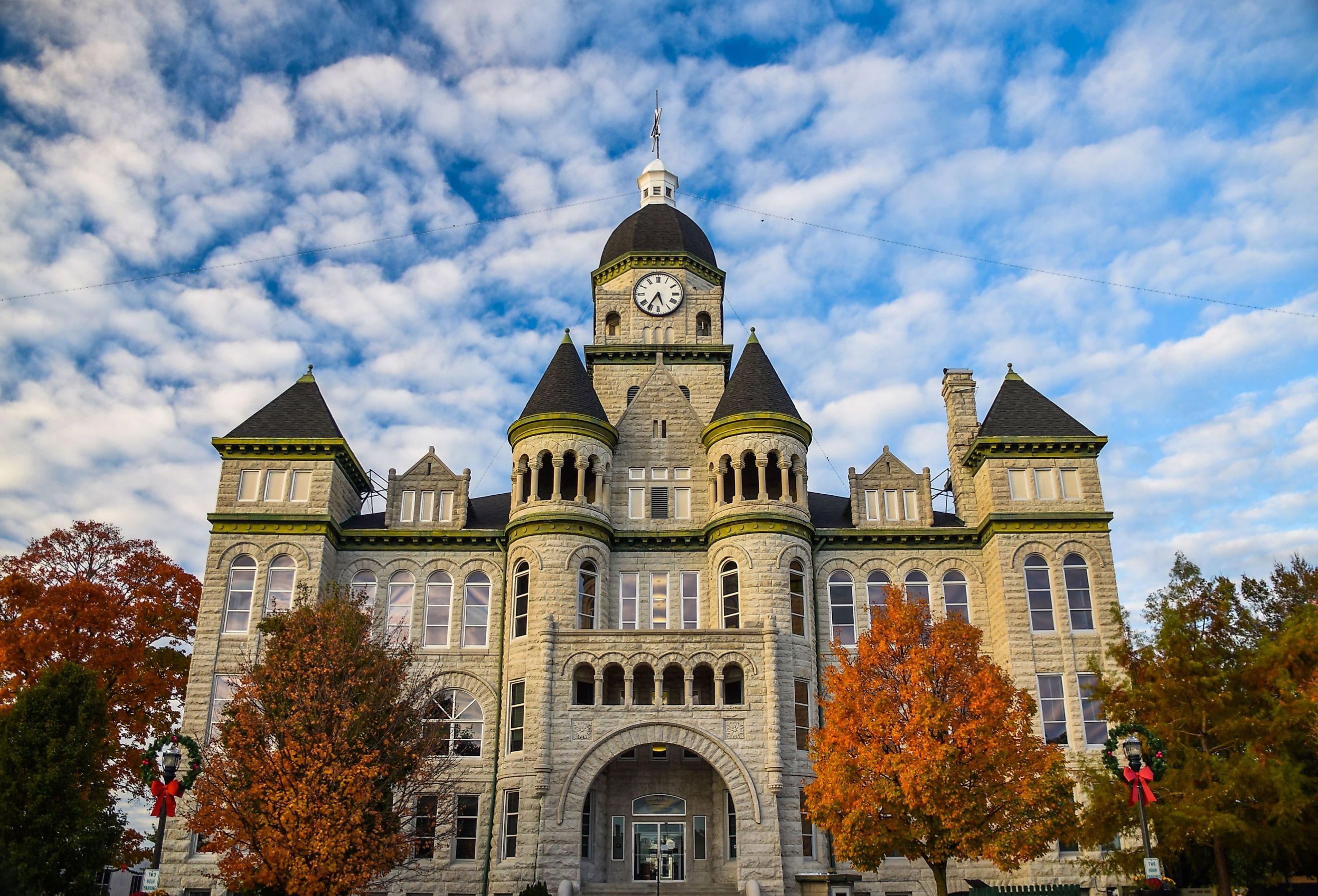
These 7 Small Towns in the Ozarks Have the Best Historic Districts
The Ozark Mountains, a range that stretches from Missouri and Arkansas to Oklahoma and the tip of southwestern Kansas, promises fun and rich history in the region's numerous districts. Each town captures a unique sense of how the place came to be, as today's visitors look to understand local and state history. An abundance of Ozark towns rank among the sites noted on the National Register of Historic Places is testament to the significance of the Ozarks region. Below is a list that includes a full menu of historical interests, including Native American legacies, sites related to the Civil War and the Old West as well as the drama of the 20th century.
Claremore, OK
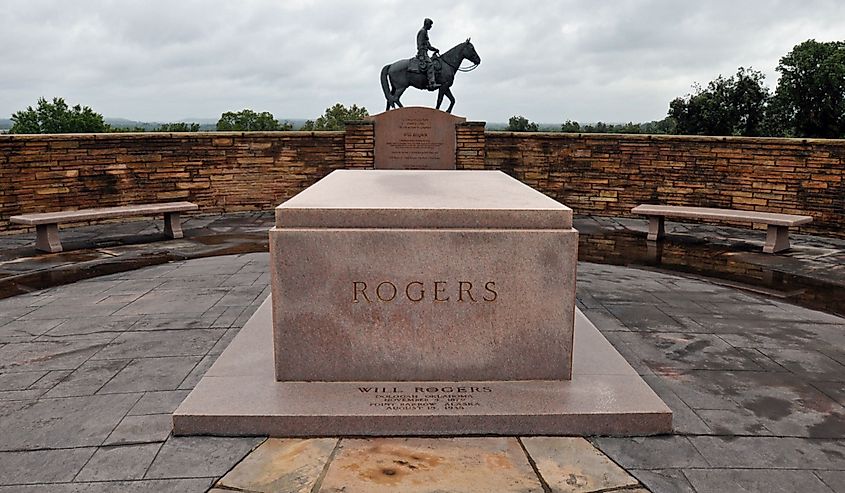
Claremore, population 20,200, is famous a place in Oklahoma's northeast that offers a variety of attractions in and beyond its historical district. In fact, the town's historic center has since 2016 been on the National Register of Historic Places. Claremore's downtown boasts the Belvidere Mansion, on which building began in 1907, which also stands on the national places list. Oklahoma became a state the same year. The town is also the hometown of Will Rogers, the iconic mid-20th-century country and music performer, and visitors can spend time at the Will Rogers Memorial Museum digging deeper into the city's past.
Carthage, MO
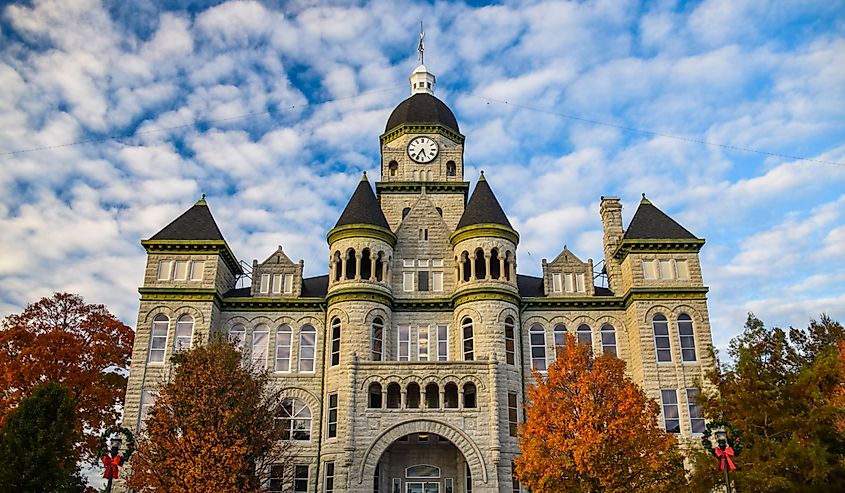
Carthage, which draws its name from the ancient Roman town, provides a great historic district to locals and visitors traveling through southwest Missouri. Situated on the Spring River, the town and its population of 15,500 celebrate their heritage in a crossroads of the American West. Tourist offerings at the town's Carthage Square, the site of an early courthouse and other town buildings, is available to visit. East of town, the Battle of Carthage, a Civil War engagement, took place on July 5, 1861—one of the war's earliest moments of conflict.
Eureka Springs, AR
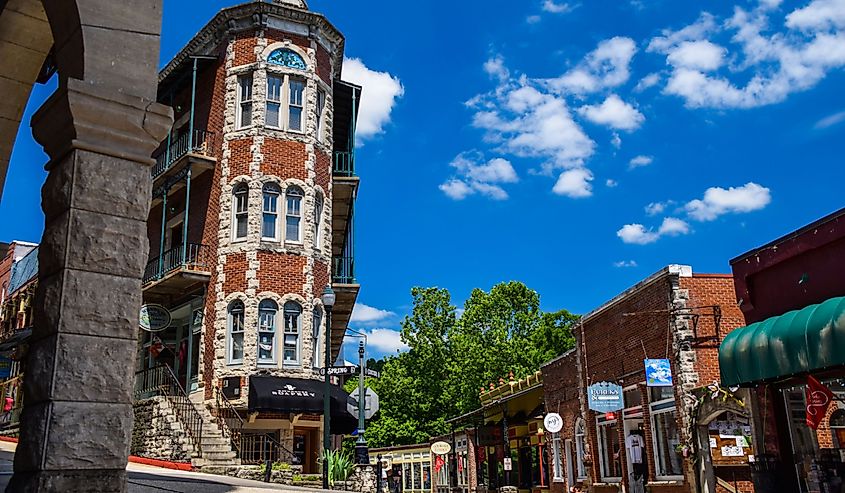
Surrounded by the Ozarks' natural scenery, Eureka Springs, despite a population of just 2,200, enjoys an outsized reputation, due to its natural springs and the spa economy that sprang up around them more than a century ago. The town's historic downtown is another entry on the National Register of Historic Places. Founded in 1879, Eureka Springs grew to 10,000 residents after just two years. Today, the site's historical offerings include the Municipal Auditorium, opened in 1929, and the onetime home of Carrie Nation, a noted advocate for the abolition of slavery. Other options are the Basin Park Hotel, opened in 1905 and still operating today, as well as the Palace Hotel & Bath House, which is the only remaining example of the original Eureka Springs bathhouses.
Eureka, MO
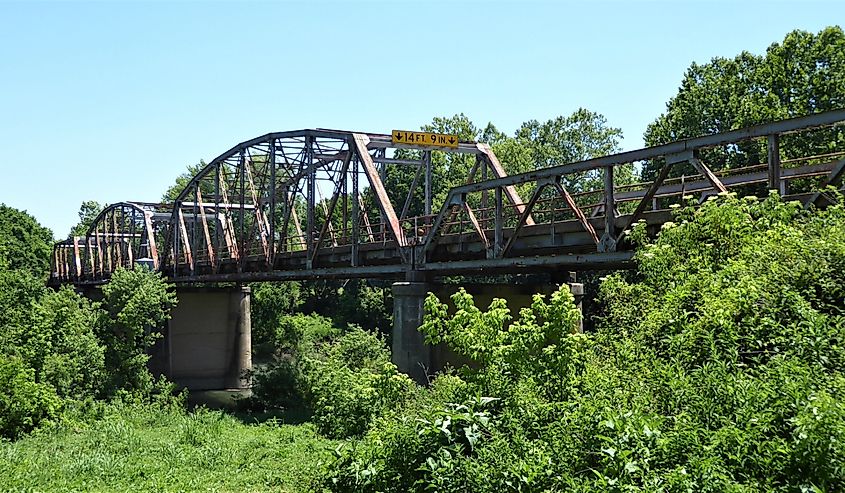
Missouri's Eureka, which is actually nowhere Eureka Springs but lies southwest of St. Louis, promises another satisfying walk through history. With a population of 12,700, the place is called the Gateway to the Ozarks, given its position at the northeastern edge of the Ozarks region. Eureka's main draw is Route 66 State Park, where visitors from the United States or around the world can discover the history of the country's most famous interstate highway, which has enlivened imaginations around the world for decades. The park also allows for nature activities like boating, fishing, and biking. Eureka's historic center gives ample choice for dining, drinking, and time out on the town. Today's Eureka includes Allenton, a historic railroad town, in its city limits.
Branson, MO

A longtime tourist attraction, Branson delivers on historic points of interest. With a population of 12,900, about the same size as Eureka, Branson's background as a resort destination has since evolved into a broader collection of old and newer attractions. The town's Scenic Railway gives a feeling of what living, and traveling, there was like in past generations. The town's free downtown trolley, nicknamed "Sparky," shuttles travelers from one point of historic interest to the next, such as Branson's old river landings and Liberty Plaza, the site of the town's former City Hall and the spot where the town's Liberty Tree, a beloved local symbol, used to stand.
Marshall, AR
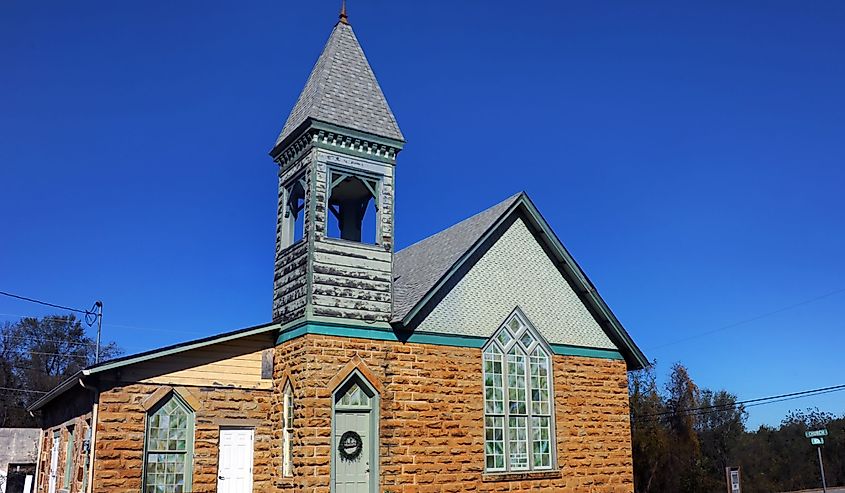
Marshall, with a population of just 1,300, became incorporated in 1884 and takes its name from the historical figure of John Marshall, an early-nineteenth-century Supreme Court justice. The town, in Arkansas' north-central region, features the Anthony Luna House, a Victorian-style charmer built in 1891 for the sheriff of the same name. Being the seat of Searcy County, Marshall has a courthouse in its historic downtown, as well as a row of old-fashioned shops. The Downtown Apartments, across for the courthose, provide modern comfort for history-hunting travelers. For a mix of history and fun, check out the Kenda Drive-In, an old-time movie space where guests can watch films from their car.
Neosho, MO
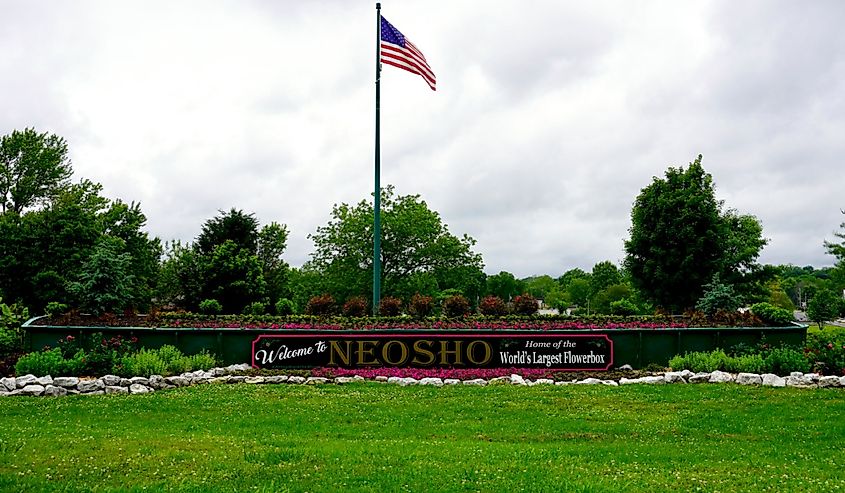
Neosho, which takes its name from a local Native American word that means "clear water" or "abundant water," sustains a population of 13,000. The town, like elsewhere in the Ozarks, has buildings on the National Register of Historic Places. The downtown is defined by Courthouse Square, as well as the Haas warehouse building, built in 1898, also on the square. For military history buffs, the Bicentennial Conservation Area—once a part of Camp Crowder, a training ground for US soldiers in World War II—is a must-visit. The camp was later decommissioned as a military site in the 1950s. For a time to remember the departed, head to Neosho's Independent Order of Odd Fellows (IOOF) Cemetery, a grounds that has served as a final resting place since 1855 and includes at least one veteran of the US Civil War. The cemetery also holds victims of a 1914 train accident that transpired a few miles north of the town.
Conclusion: One Region, Vast Histories
Ozark historic districts include a vast array of history from numerous American periods. Courthouses suggest the development of Western US states during the 19th century, while cultural offerings—namely a country and western icon and the recreational patterns of long-ago spa visitors and vacationers—tell the traveler a story through time. Together, the sites speak to the triumphs and the tragedies of Ozark's history as a part of America's past. These Ozarks' historic districts may inspire a visit soon, if not several in the future.











